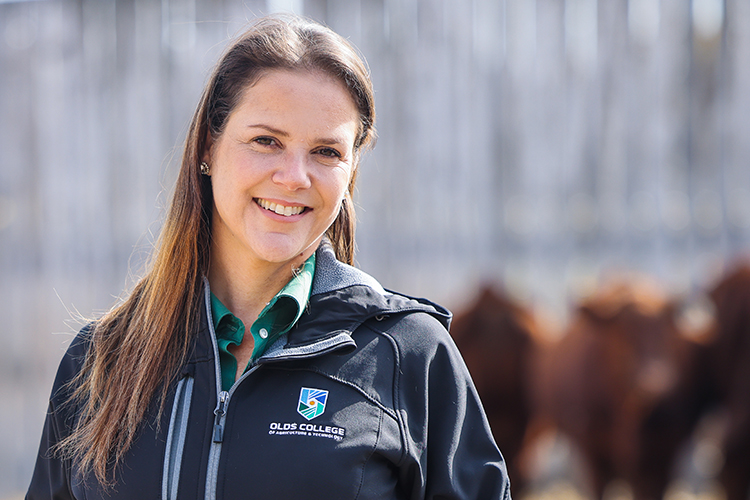Robots that help you help yourself

Dr. Goldie Nejat of the University of Toronto is on a mission to revolutionize care for seniors by developing socially assistive robots. These robots will help alleviate rising demands on our healthcare system while improving the quality of life for seniors.
Socially assistive robots operate by task-driven behaviour. They can, for example, remind people when to eat or take their medication. They promote independent living, social and cognitive skills, and engage seniors in stimulating leisure activities. In designing these prototypes, Dr. Nejat incorporated a ‘non-contact’ aspect into the technology: the robots won’t perform tasks for people, but instead prompt them to do the tasks themselves and reengage people if they become distracted.
In healthcare facilities, these robots can assist the staff who administer time-sensitive and patient-specific treatments. They can facilitate recreational activities like bingo, play memory card games, play music, and tell jokes. In addition, a robot would also assist with a variety of activities of daily living, such as meal preparation and getting dressed, in the comfort of your own home.
Taking it even further, the robots contain many “off-the-shelf” products to ensure low costs, making the technology more accessible. For example, webcams and 3D gaming sensors are used to detect people’s non-verbal cues and activity-specific objects. Dr. Nejat’s robots are designed to look like robots, not humans; however they still have human-like features such as facial expressions and emotions because these aspects are important for fostering social bonds with people.
But her hard work doesn’t end there. For Dr. Nejat, the future of robotics R&D rests on the shoulders of the next generation. “It’s a really exciting time to be in robotics. It’s an emerging technology in the sense that it can be applied to many different applications and user groups,” she says, stressing the importance of current and future public outreach in both scientific and non-scientific communities, “We need to promote the capability of these robots, how can they be effectively integrated into society to improve quality of life.”
From the time she accepted her first Undergraduate Student Research Award, Dr. Nejat was intrigued by the idea of human-robot interaction to accomplish tasks. Today, with the help of NSERC, her ambitions became reality. “It’s one of the fundamental funding sources for my lab,” she explains, “whether it’s from Discovery Grants, Collaborative Research and Development Grants, Strategic Grants or Engage Grants, they have all been essential to our research.”
More information
 Dr. Goldie Nejat’s profile at the University of Toronto
Dr. Goldie Nejat’s profile at the University of Toronto - Dr. Goldie Nejat’s research lab:
 The Autonomous Systems and Biomechatronics Lab (ASBLab)
The Autonomous Systems and Biomechatronics Lab (ASBLab) - Dr. Goldie Nejat’s role as a
 Canada Research Chair in Robots for Society
Canada Research Chair in Robots for Society  Robot caregivers aims to improve seniors’ quality of life, CBC News, January 21, 2015
Robot caregivers aims to improve seniors’ quality of life, CBC News, January 21, 2015
Up next

Advancing Reproductive Efficiency & Stress Management in Beef Heifers
The primary goal of a cow-calf operation is to produce one calf per cow per year. However, the journey to achieving this reproductive success is fraught with challenges influenced by a variety of factors, including genetics, nutritional status, and stress, each playing a crucial role in the performance of heifers.